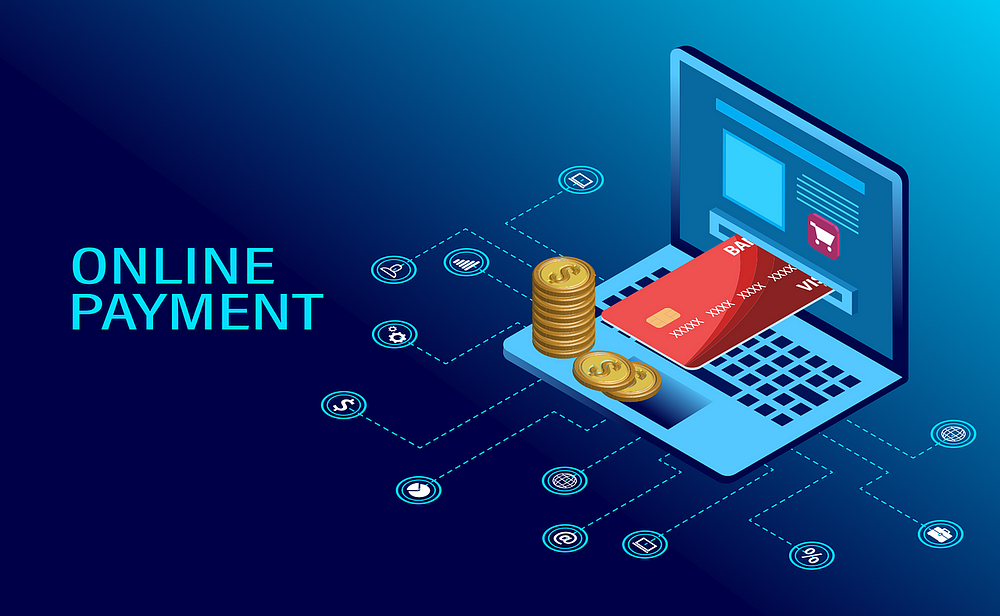
Payment gateways are technologies that enable consumers to make payments for goods or services they procure. The gateway serves as the physical interface that begins a chain of processes with the end goal of accepting payment for a merchant or business.
TL;DR
- Payment gateways process payments from customers to businesses
- Payment gateways could take different forms depending on the nature of a business
- Crypto payment gateways are fast emerging as the preferred payment means in consumer-facing businesses
All About Money Processing
Payment gateways are technologies that help businesses to accept payments from their customers without the resort to cash payment. It is a form of electronic payment system that offers a physical interface with which customers can directly make payments for the goods or services enjoyed.
Payment gateway solutions have been evolving over the years with new innovations emerging with technology. Earlier forms of gateways required magnetic strips and paper signatures to authorize payments. However, over time the paper signatures have been adequately replaced by Personal Identification Numbers (PIN) which is made possible by the advent of microchip technology. These days a consumer only needs to provide their card details and enter their PIN to complete a transaction.
In all, payment gateways only process money, in whatever form that might be. We will discuss this in detail in a later section.
Payment Gateways could take Different Forms
Technological development has also meant that payment options have been refined to further meet consumer tastes. Nowadays, consumers have the luxury of choosing from options (if available) that they could use to make payments. Broadly, a payment gateway could take two forms depending on the nature of the business that uses it. There are in-store payment gateways and online payment gateways.
The in-store payment gateway usually involves a Point-of-Sale (POS) terminal for customers to complete their transactions. Typically, the POS connects to the internet and links the customers’ data as contained in the microchip of the debit or credit card to the destination account (merchant account) for the onward processing of transactions.
Online payment gateways could take different forms. They could be deployed in the form of checkout ( as often seen on the checkout page of eCommerce platforms), payment buttons, payment links, and in recent times QR codes. Usually, this version of the gateway is integrated using the Application Programming Interface (API) that links the merchant’s online platform with the gateway infrastructure.
The Advent of Crypto Payment Gateways
In recent times, consumers are beginning to embrace cryptocurrencies as a means of settling online purchases. As the demand for cryptocurrencies as a means of payment continues to grow, businesses are starting to adopt and integrate crypto payment gateways to accommodate these new demands.
Although the space is relatively young, still it is worth mentioning that cryptocurrencies bitcoin, DAI, TUSD, USDT, and USDT are increasingly being accepted as means of payment globally. In fact, some prominent global brands are known to have made the move to start accepting cryptocurrencies as payments. Chief among these brands are Starbucks, Tesla, Microsoft, and more.
This points to the growing importance that cryptocurrencies are having on a global scale and it is important for businesses to begin to integrate crypto payment gateways into their business.
Conclusion
This article has helped shed light on what a payment gateway is, how it functions, the different ways it could be deployed by businesses, and how crypto payment gateways are fast emerging based on recent trends in user tastes. It is possible that more gateway payment options will become available to consumers in the near future, but for now, all signs point to crypto gateway solutions as the next frontier for business payments.
To learn more about IvoryPay, feel free to use the links below
